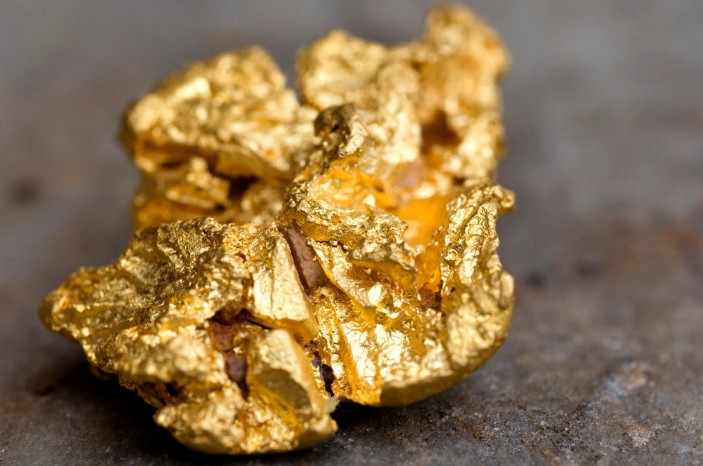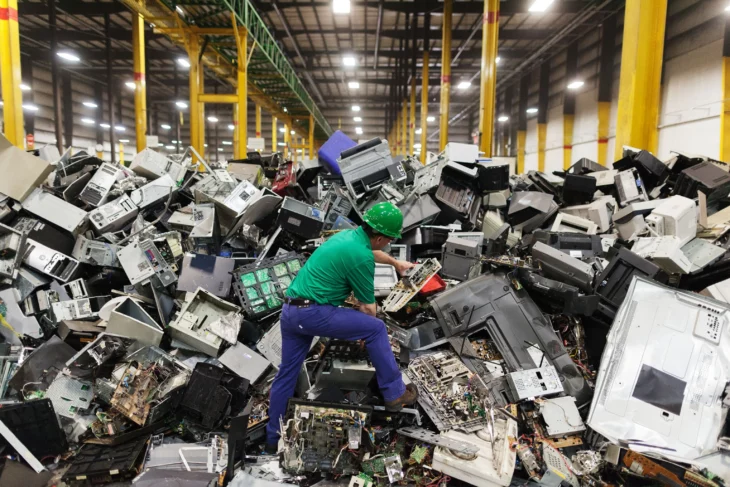Scientists from the University of Manchester, UK, Tsinghua University, China, and the Chinese Academy of Sciences have found that graphene may be a kind of philosopher’s stone, allowing gold to be extracted from debris, particularly from electronics, which have trace amounts of this precious element.
Graphene is used as an anode material in the manufacture of lithium-ion batteries and supercapacitors. In addition, this component is used for the manufacture of screens, touch screens, thermal protection in some mobile phones, among many others.

The finding was published in a Article of the magazine Nature Communications. The researchers explain that the innovative method consists of adding graphene to a solution containing traces of gold and after a few minutes, pure gold appears on graphene sheets, with no other chemicals or energy input involved.
Once this process is finished, it is possible to extract the gold simply by burning the graphene. The experiments showed that one gram of graphene can be enough to extract almost two grams of gold.

Also, because graphene costs less than $0.10 per gram, the scientists in charge of the research say that the method is very profitable, since the price of gold is around $70 per gram.
This apparent magic is essentially a simple electrochemical process. Unique interactions between graphene and gold ions drive the process and also produce exceptional selectivity. Only gold is mined with no other ions or salts.
– Yang Su, study co-author, via press release

As explained by the co-author of the article and Nobel laureate responsible for the first isolation of graphene, Andre Geim, the graphene-based process, with its high extractability and selectivity, can recover close to 100 percent of the gold from electronic waste.
This offers an attractive solution to address the gold sustainability issue and e-waste challenges.

Graphene literally turns trash into gold. Our findings not only hold promise for making this part of the economy more sustainable, but also emphasize how different atomically thin materials can be from their parent, known bulk materials.
– André Geim
Source: Okchicas
With 6 years of experience, I bring to the table captivating and informative writing in the world news category. My expertise covers a range of industries, including tourism, technology, forex and stocks. From brief social media posts to in-depth articles, I am dedicated to creating compelling content for various platforms.





